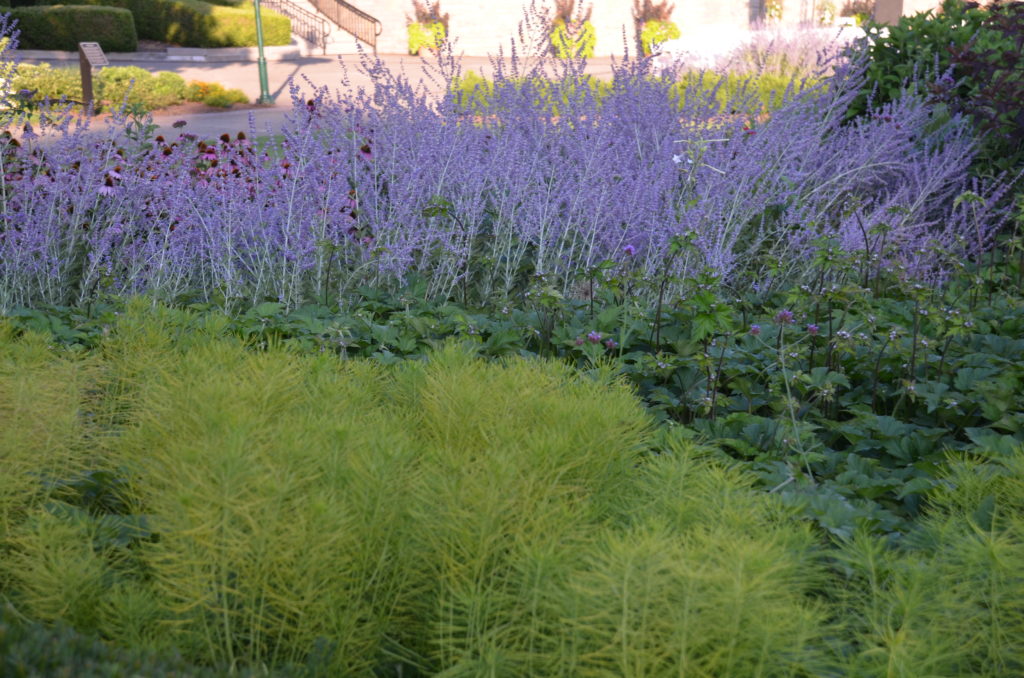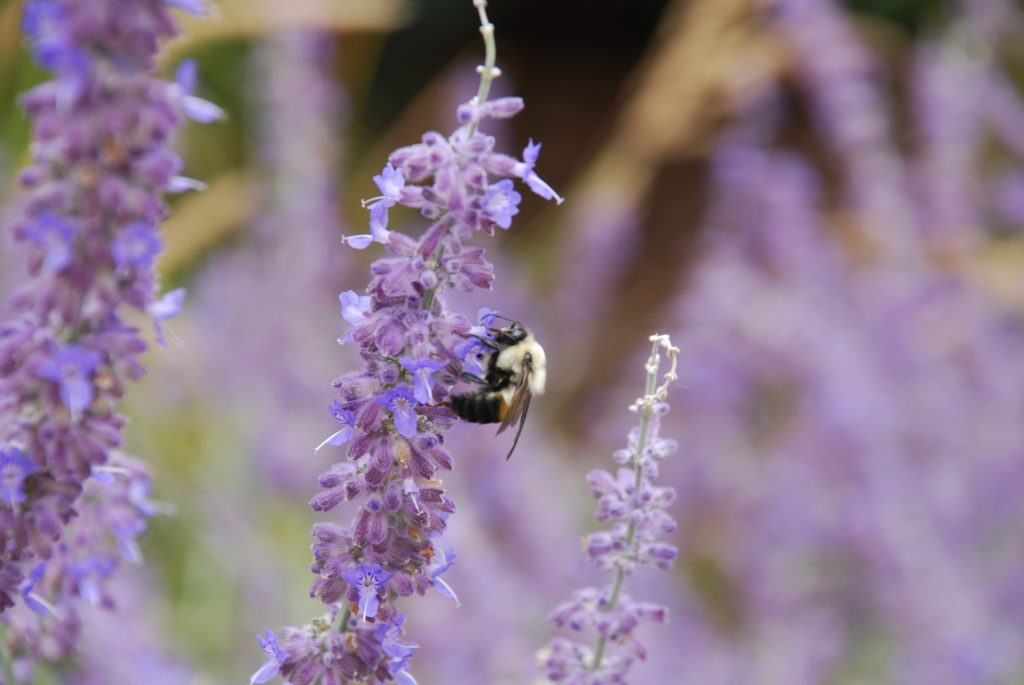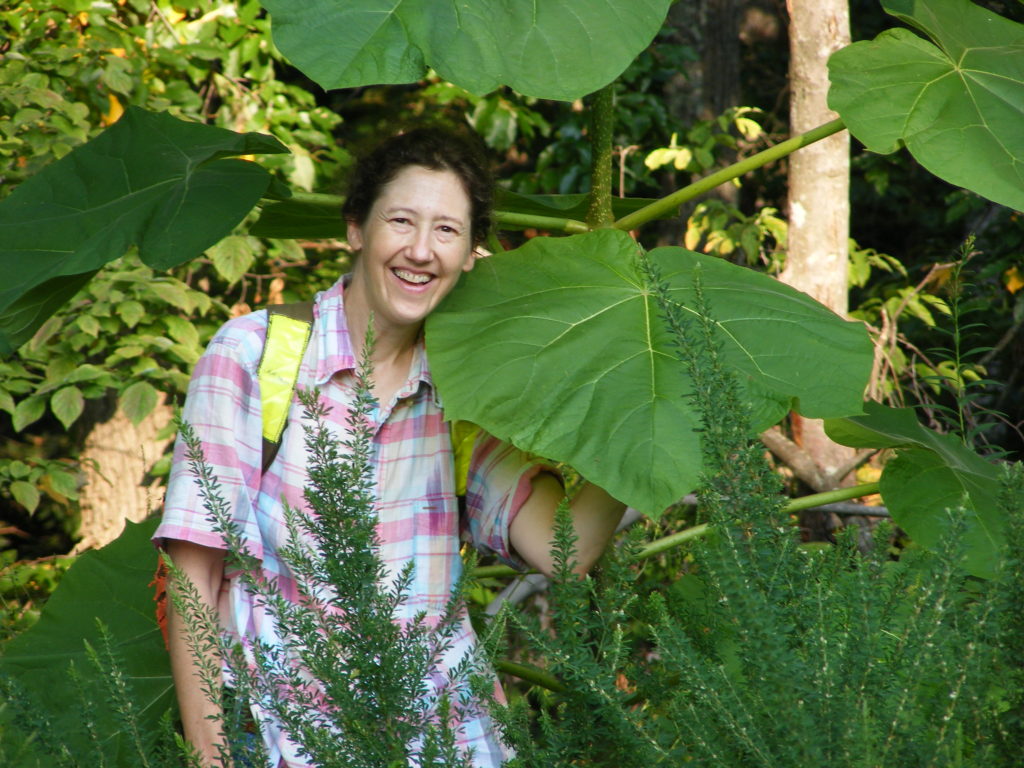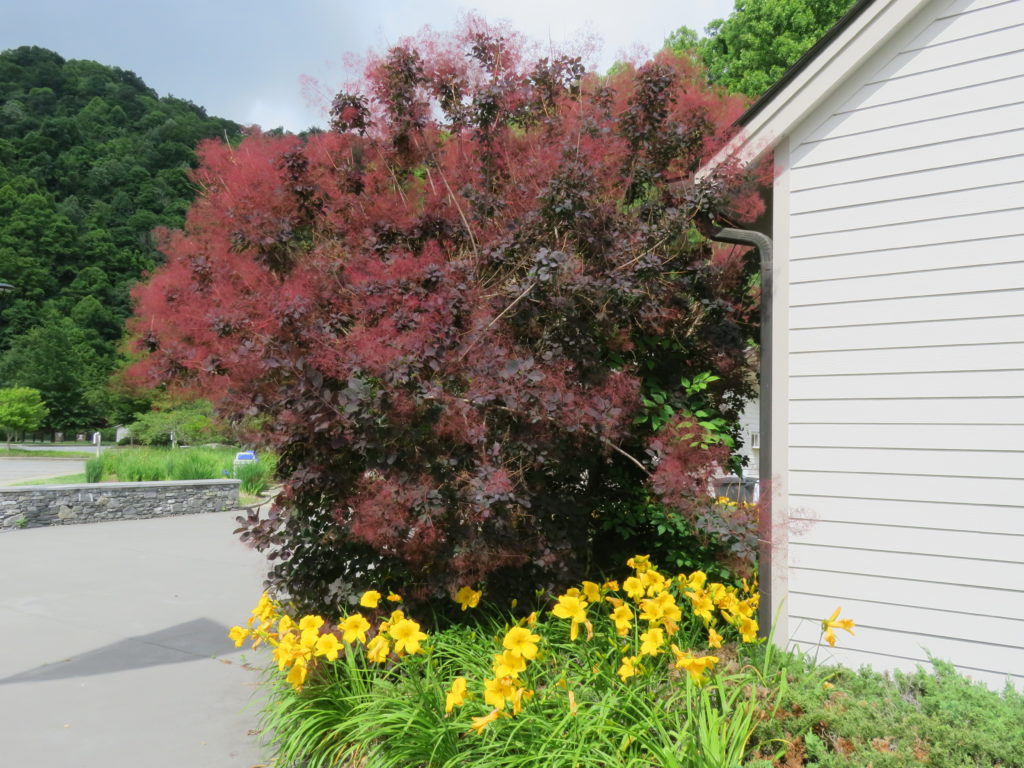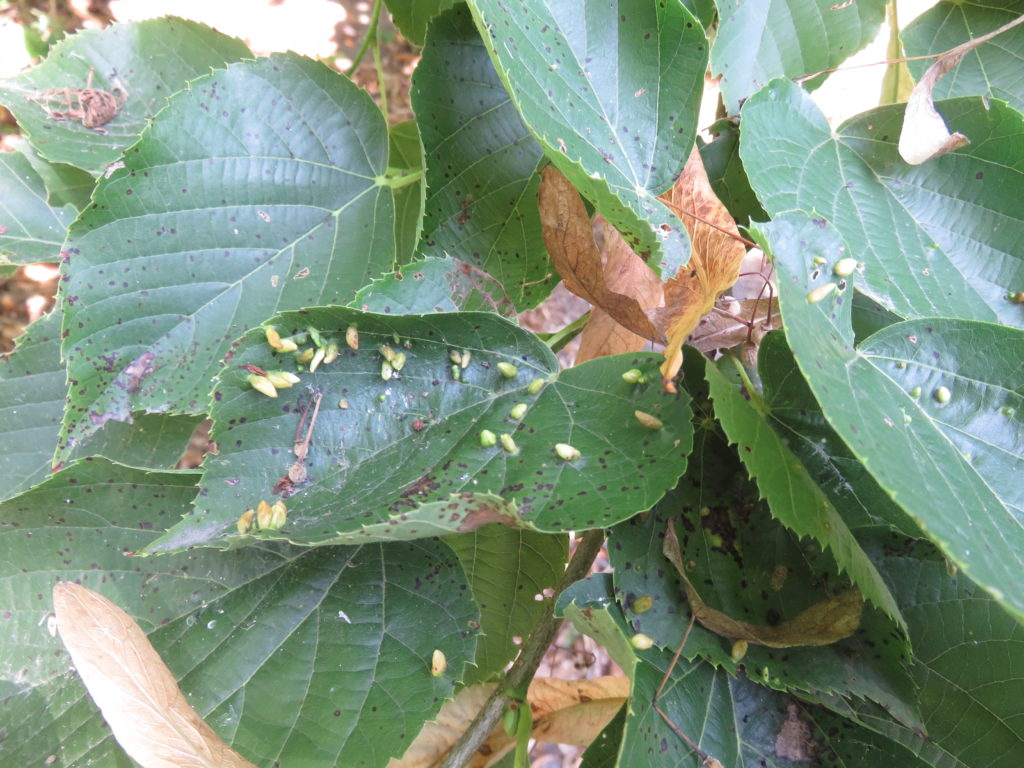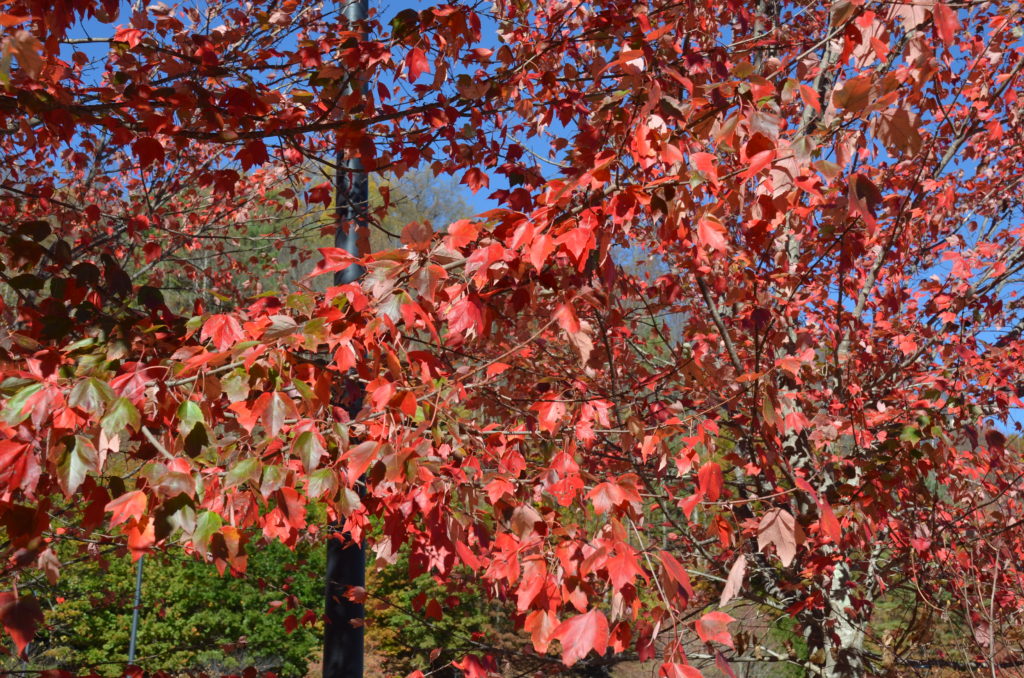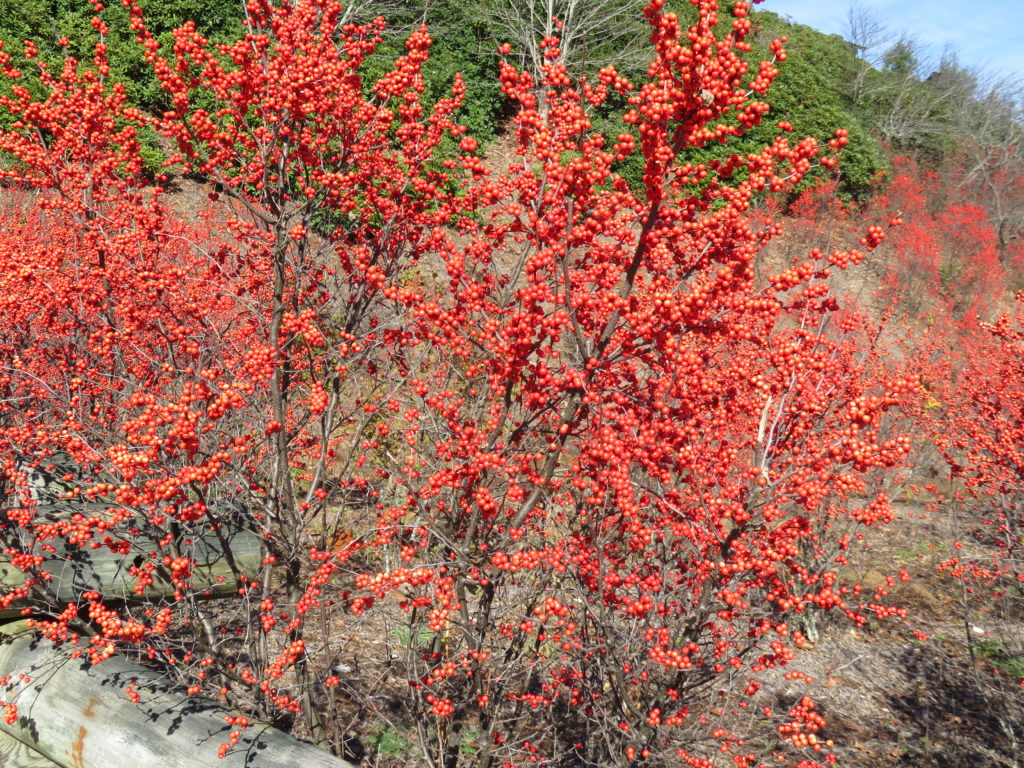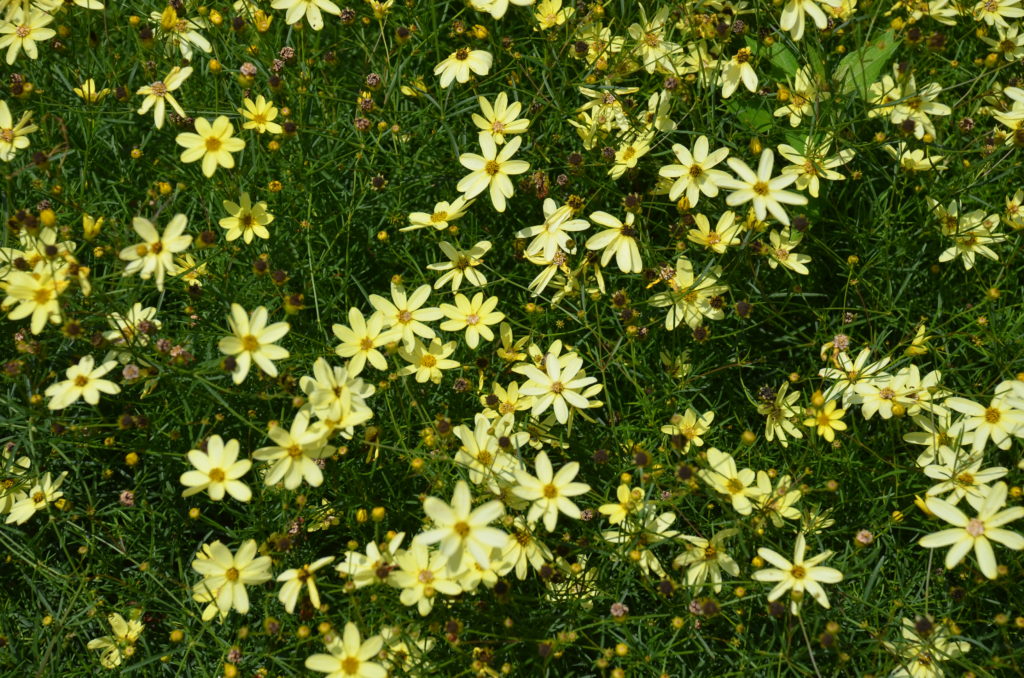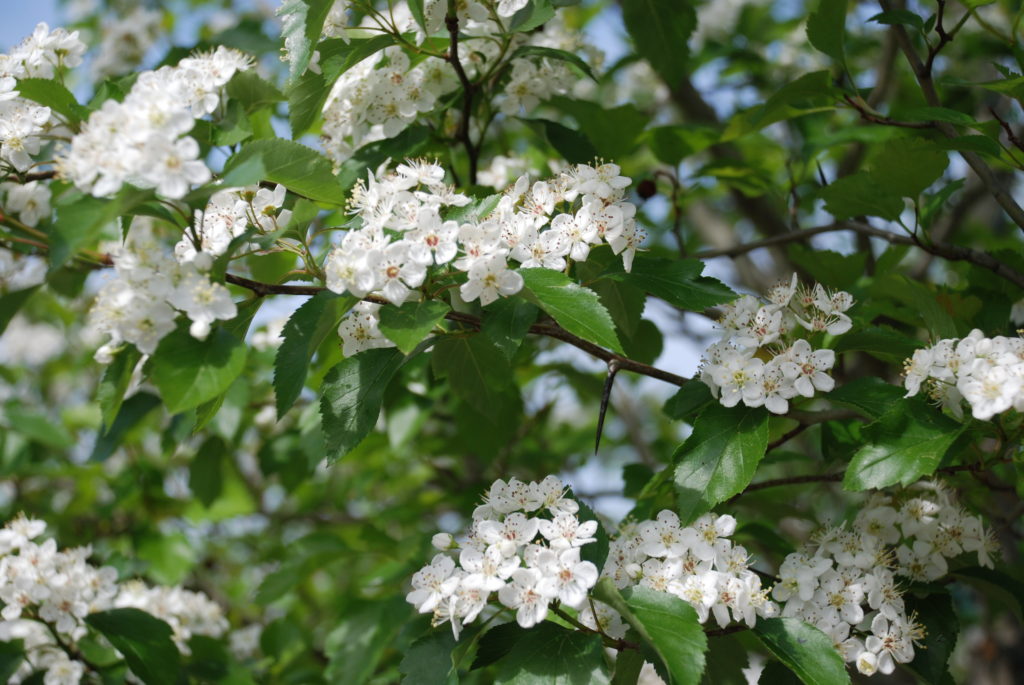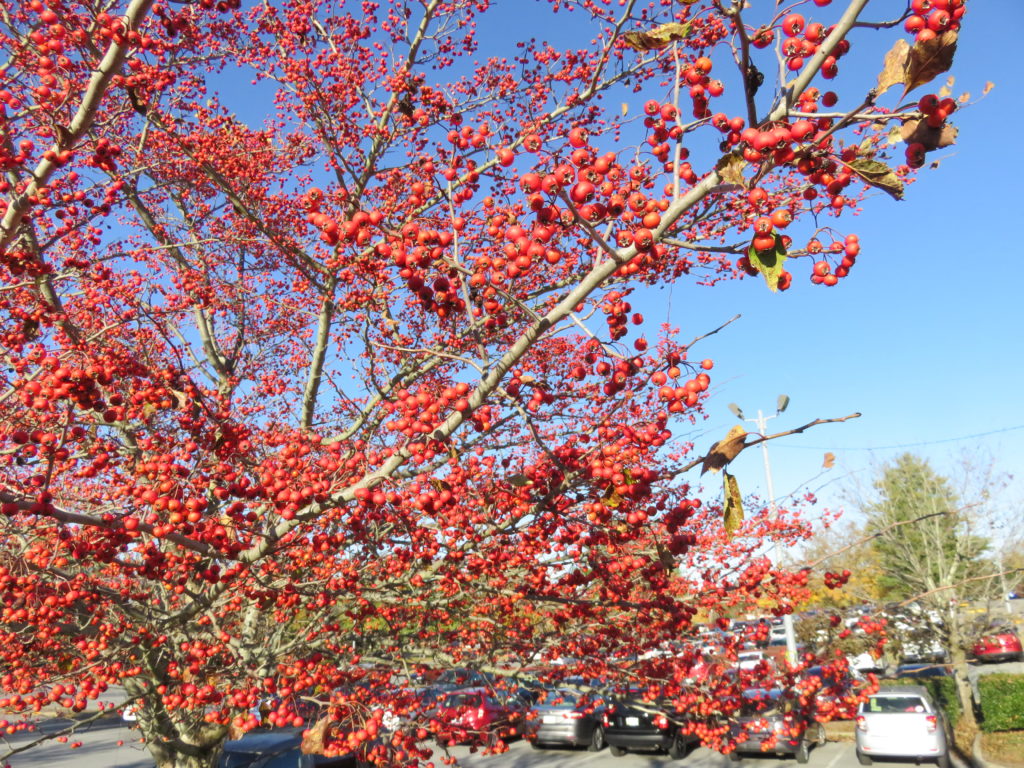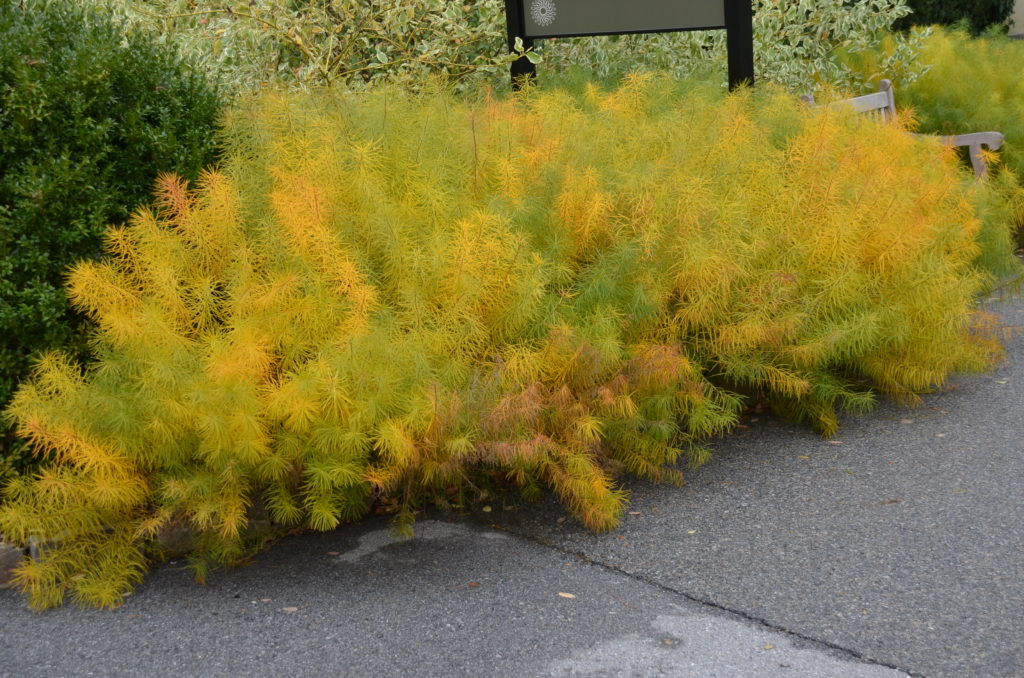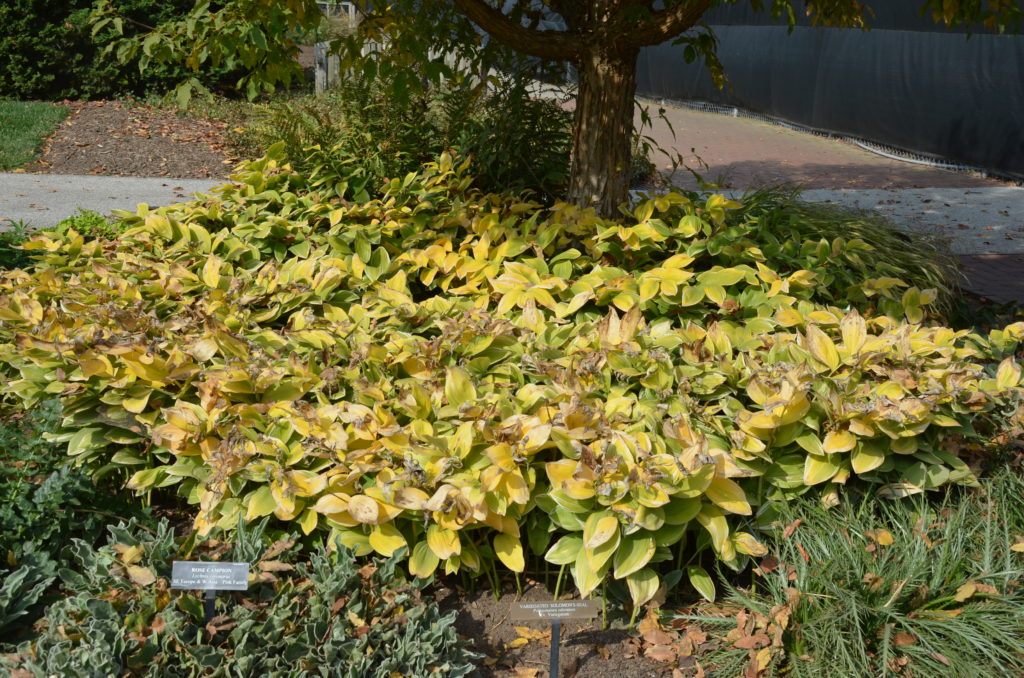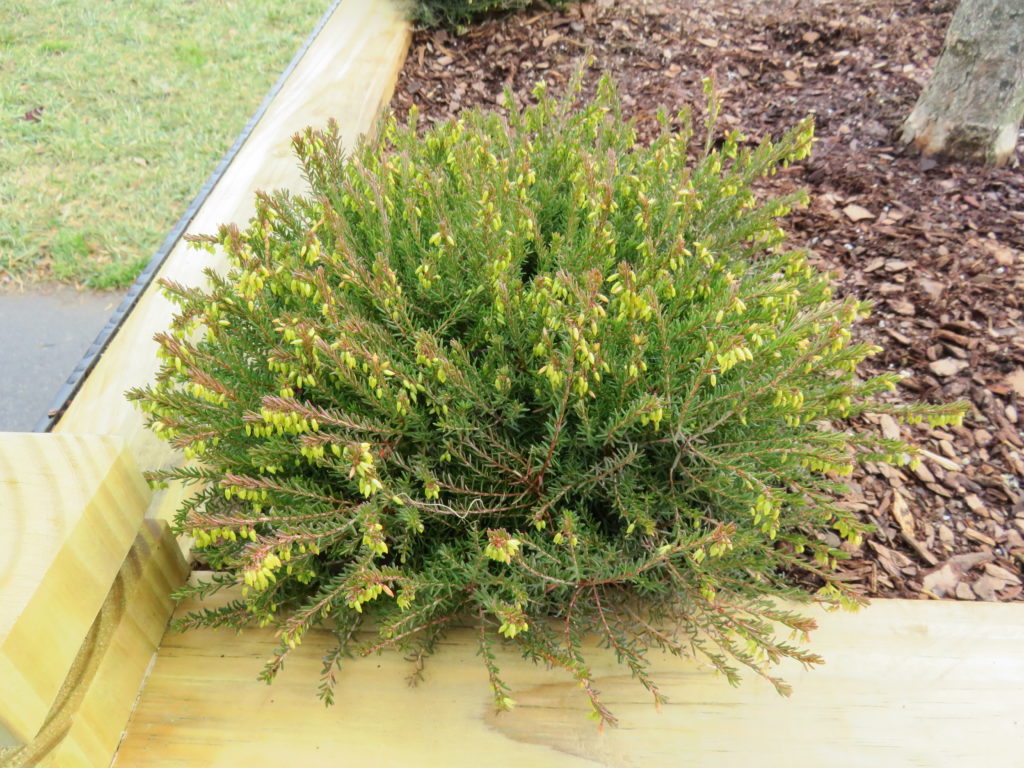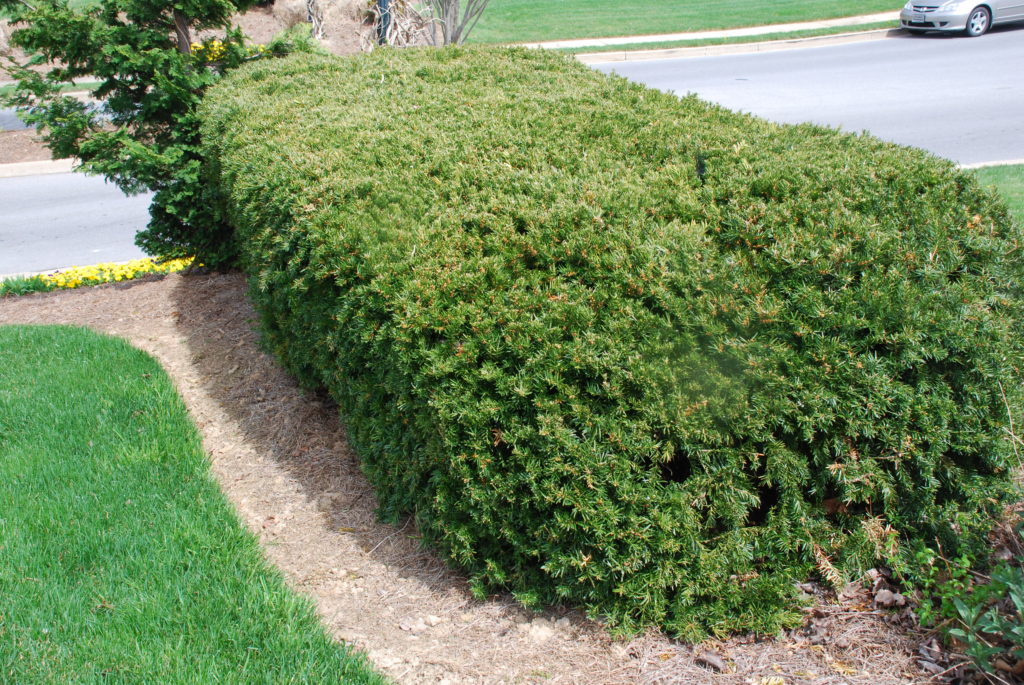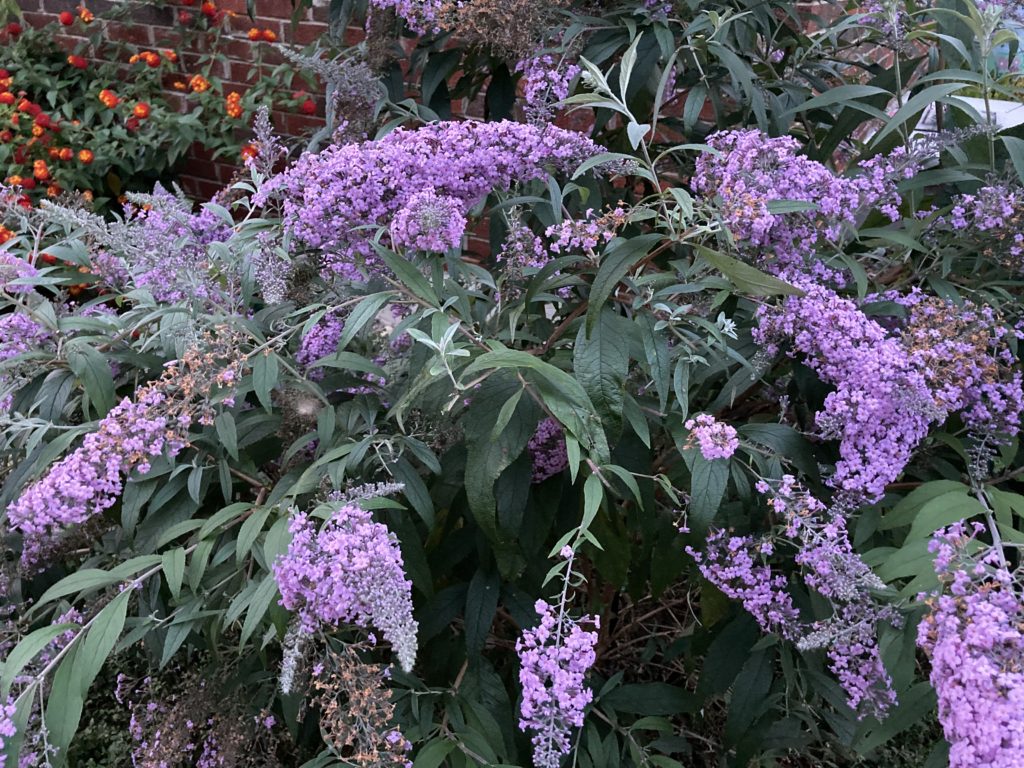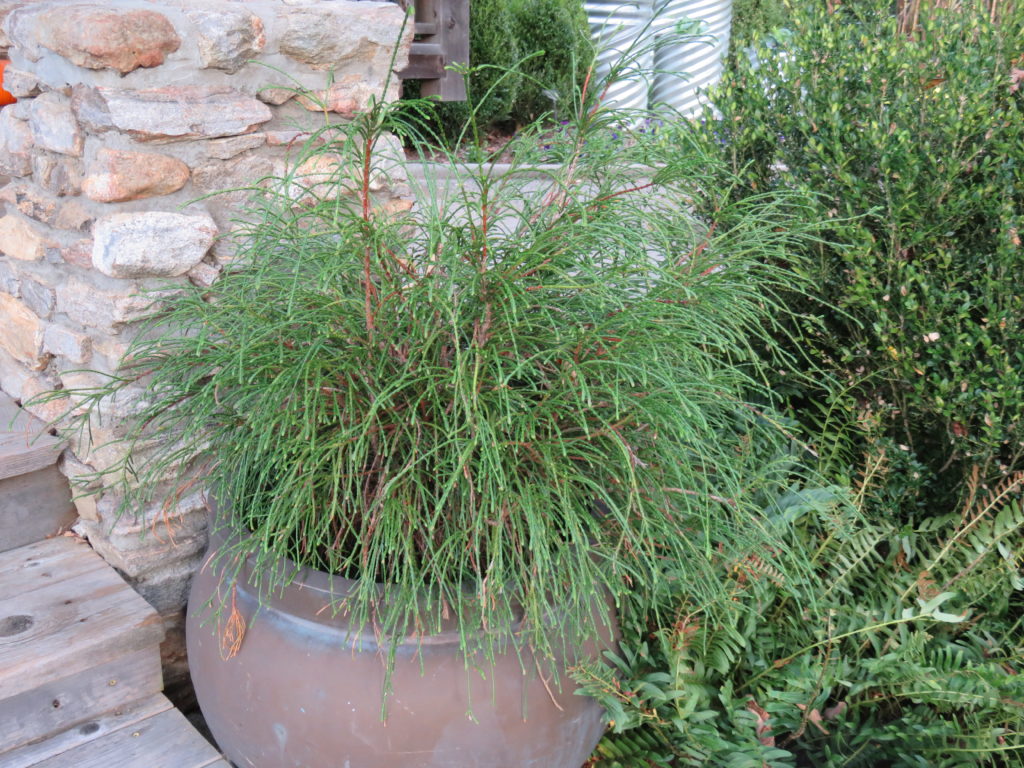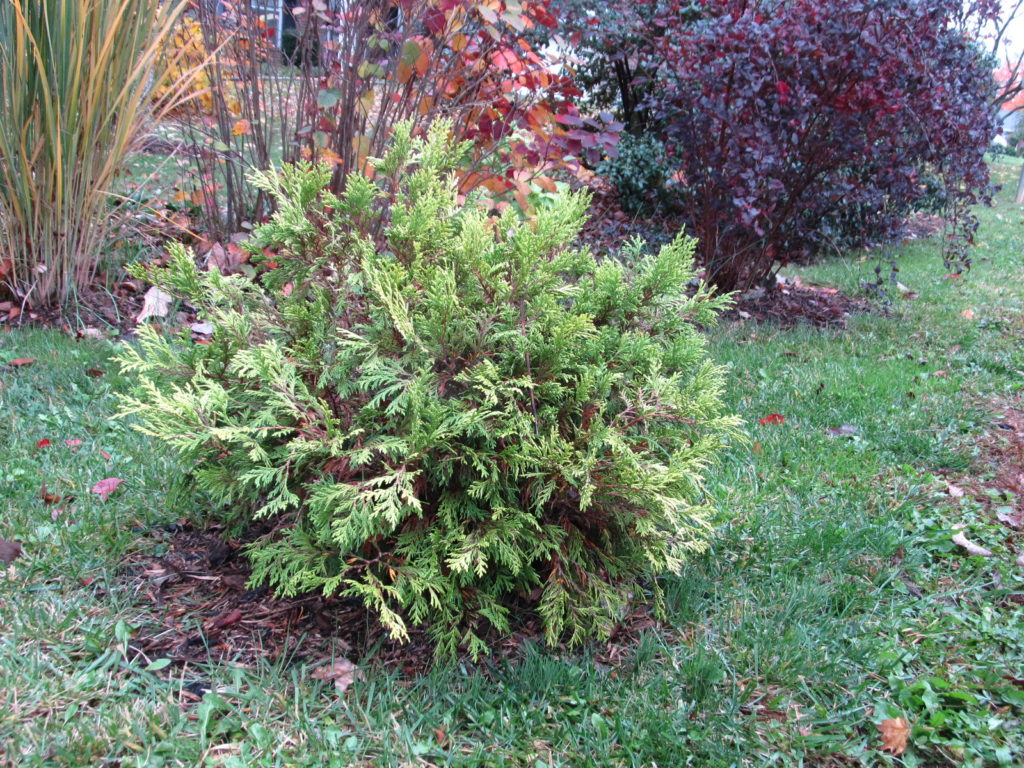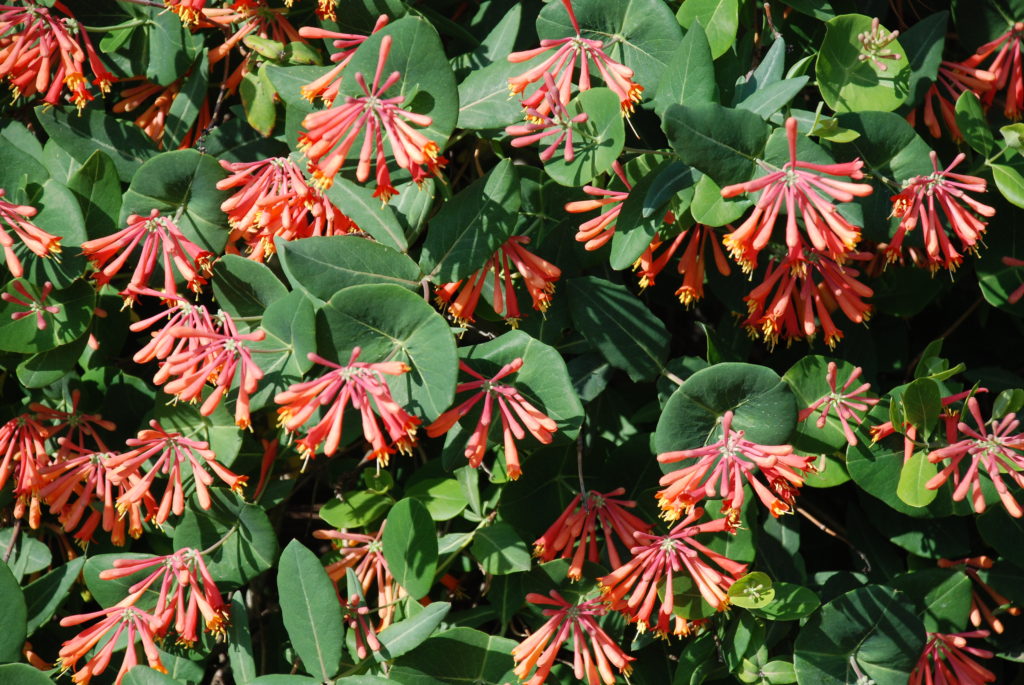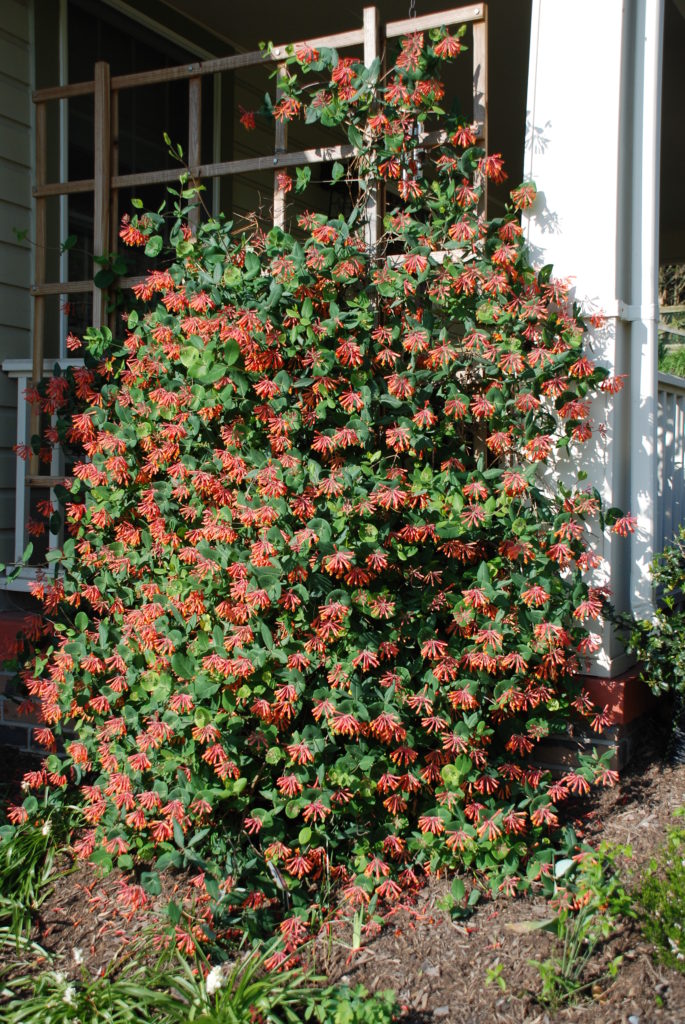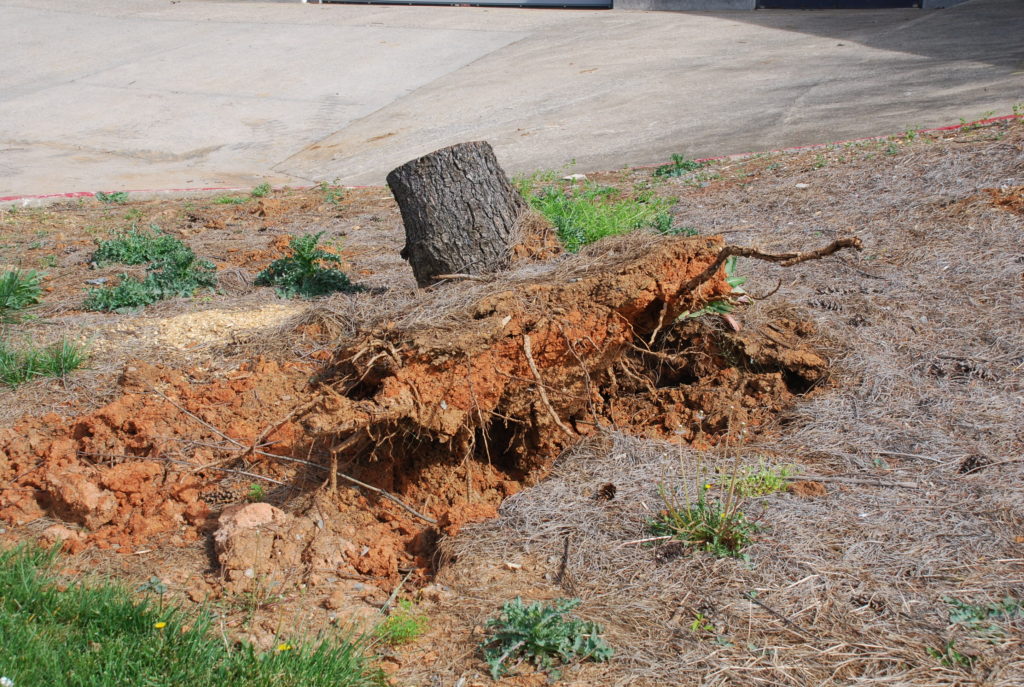
A snow/ ice storm is both a beautiful and horrific scene in a landscape. Costly tree/shrub breakage, downed power lines, and subsequent utility shutoffs may be staggering results. Don’t feel powerless! Prepare and take action. During the storm, do nothing / “hands off”. Working near an active electrical line is deadly.
After the storm you should immediately assess the landscape damage. Contact your insurance agent and hire an ISA* certified professional arborist to fit your property into his/her schedule. After a storm, arborists are likely much too busy with emergency callers.
Inspect your trees BEFORE storms are predicted. First on your list should be those large trees not pruned in many years. Old trees are likely to shed diseased, pest ridden, and structurally weak limbs. Notorously weak wooded deciduous trees are silver maple (Acer saccharinum), sycamore or planetree (Platanus spp.), Bradford pear (Pyrus calleryana), poplars (Populus spp.), and willows (Salix spp.). They generally drop small twigs to large branches all the time. Large evergreens like white pine (Pinus strobus), Southern magnolia (Magnolia grandiflora) and leyland cypress (Cupressocyparis x leylandii) frequently loses branches and twigs during high winds and ice buildup.
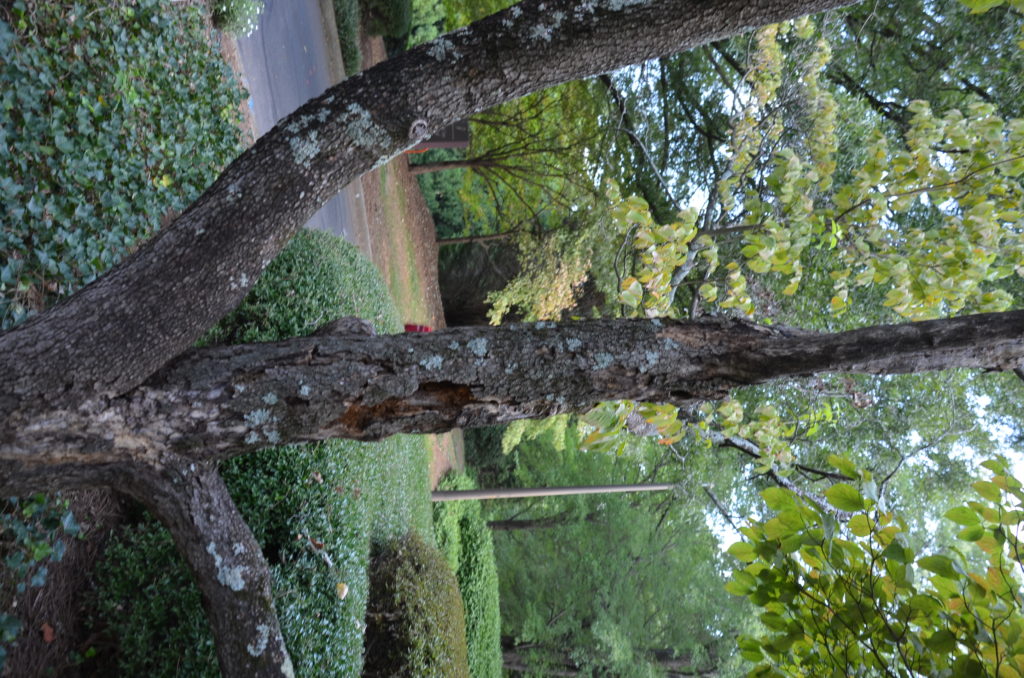
Ironically, the trees suffering the worse damage are those topped by “Landscape Pros”, neighbors, and utility companies. The re-growths on topped trees are very weak and snap off when the snow and ice loads reach a critical mass. Properly pruned trees ride out most ice storms. Take care of your trees and trees will continue to beautify and cool.

